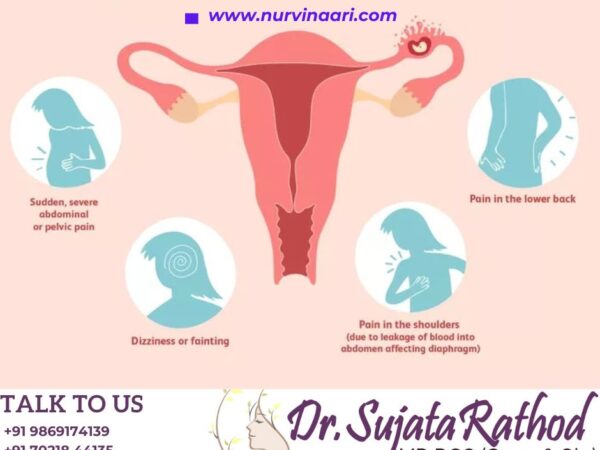Endometriosis is a painful medical condition in which the small tissues that grow on the lining of your uterus escape the uterus and grow on the other organs. The condition can cause extreme pain and heavy periods since it’s the endometrial tissues that bleed during menstruation. If you are diagnosed with this condition, talk to your healthcare provider about the suitable endometriosis treatment in Thane.
Endometriosis is often confused with other conditions that produce the same symptoms, like ovarian cysts and irritable bowel syndrome. Self-diagnosis is, however, not possible for this disorder. Let’s check out some tips for diagnosis.
Symptoms of Endometriosis
Since there’s no tool for self-diagnosis, your best bet is to watch the symptoms and report them to your doctor if they look unusual. Although some women may not experience any symptoms at all, if they do occur, here’s what you might experience.
- Painful and heavy period
- Unbearable pain in your lower back, lower abdomen, and the pelvic area
- Light spotting between your periods
- Periods lasting longer than usual
- Nausea and bloating
- Pain during bowel movements
- Pain during and after the intercourse
Some women may also report infertility because of the irregular periods and the large patches of endometrial tissues growing on the fallopian tubes and other pelvic organs.
How to Diagnose Endometriosis?
The doctor will take a look at your symptoms, a family history of endometriosis, and your existing medical conditions.
Pelvic Test
They will perform a pelvic exam to check for cysts or any unusual growth around your uterus. They might look for scar tissues that are likely to form in people with endometriosis. However, this is not enough to detect endometriosis.
Ultrasound and MRI
Your healthcare provider might order an ultrasound test to detect ovarian cysts or endometriosis. However, this report is also not effective in diagnosing the small patches of endometrial tissues growing outside the uterus. The best option is MRI, a full body screening test that gives you a clear and detailed view of your internal organs.
Laparoscopy
Some patients are referred to a surgeon who specializes in laparoscopy. The invasive procedure is needed when the doctor needs a clear view of your uterus and the tissues surrounding it.
They make a small incision around your navel and insert a laparoscope (a medical tool) that shows your uterus and the position of the endometrial tissues. It’s easier to detect the tissues growing outside the uterus and on unusual parts, like your abdomen and rectum.
Treatment of Endometriosis
Hormone therapy and painkillers are used in conjunction to relieve your symptoms. However, these are only temporary solutions that can numb the pain. If you want a permanent solution, consider hysterectomy surgery in Thane.
That’s a permanent solution to endometriosis. However, once the uterus is removed, you won’t be able to conceive. Myomectomy is a good alternative to hysterectomy for those who want to keep their uterus intact while removing the patches of endometrial tissues on the pelvic organs and other parts of the body.

